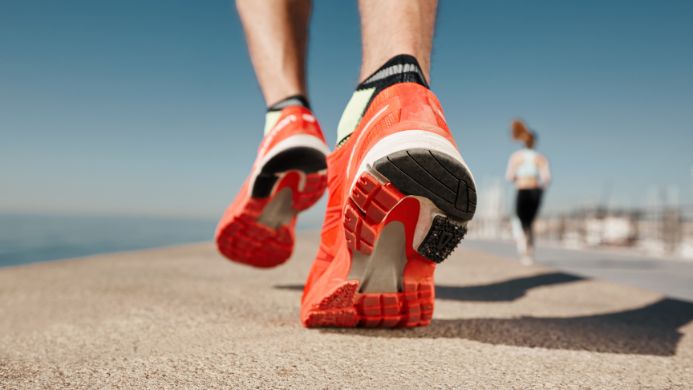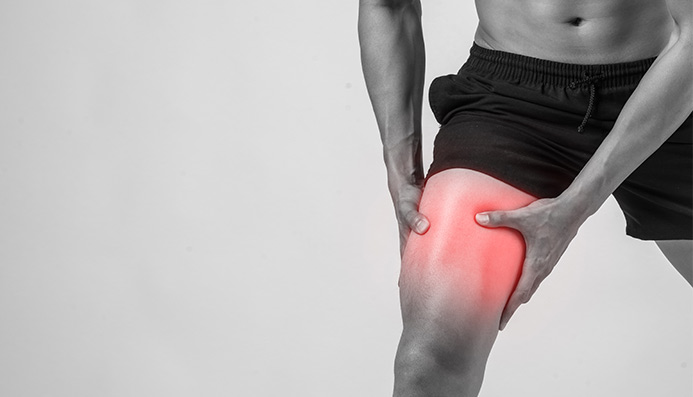In the fitness and running world, the shoes you wear are super important for how well you do and staying safe from injuries.
People often wonder if it’s okay to run in shoes made for walking.
In this easy-to-follow guide, we’ll talk about the differences between walking shoes and running shoes, what your feet need when you run, and how to pick the right shoes for your next jog. Ready to start? Let’s tie our shoelaces and go!
Can You Run in Walking Shoes?
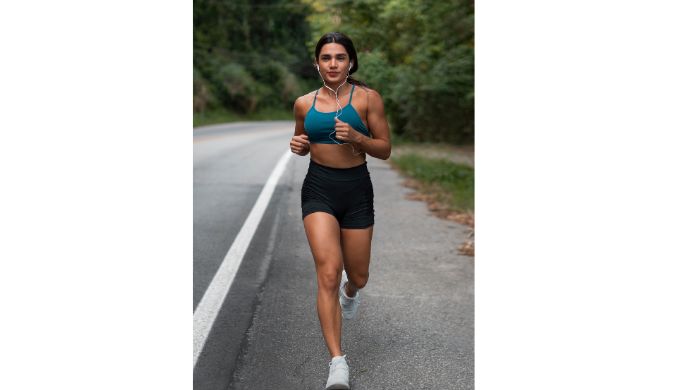
Yes, you can run in walking shoes, but it might not feel as comfortable or provide the right support for running.
Running shoes are made just for running. They’re better for running because they’re designed to handle the way you move and the impact on your feet.
I myself have Skechers arch fit walking shows, but whenever I try to run in them, it becomes hard for me in comparison to if I run in proper running shoes. I can feel the weight of those walking shoes when I speed up.
See there are people in the world who run barefoot every day but as we know caution is better than cure.
This means if there are people in the world who can run barefoot, you can also run in walking shoes.
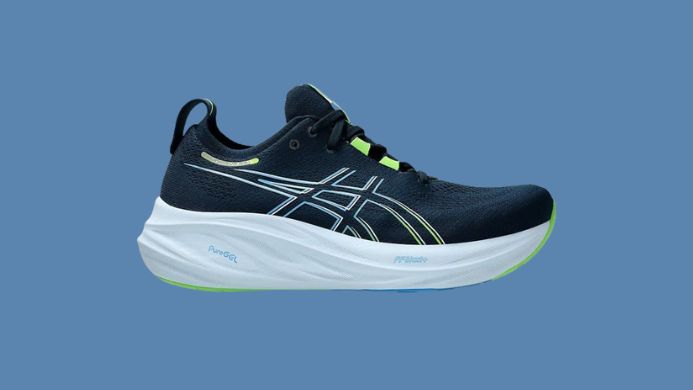
But does that give you the same results as running shoes? absolutely not, do they make you feel as comfortable in them while running as you feel in running shoes? Absolutely not!
Walking shoes are great for slow walks and are comfy. But if you want to run, they might not be the best choice.
You can run in walking shoes, but they are more prone to foot injuries and can also put a lot of pressure on your knees. However, you can walk in running shoes without fear of getting any injury.
Many fitness walkers use running shoes for walking, though the same is not true for runners. Walking shoes do not have the flexibility and cushioning needed for long runs.
If you try to run in walking shoes, the first thing that you are going to feel is pain in your heel because walking shoes lack cushioning and bounce, which is very much needed because of the amount of pressure (4 times the body weight) on our feet During running.
On the contrary, the amount of pressure on our feet while walking is only 1.5 times our body weight.
This is why you see more cushioning in running shoes than in walking shoes.
Both running and walking shoes are engineered for forward movement. But the main difference is the impact. When we walk out both feet are on the ground.
On the other hand, during running only one foot touches the ground while the other is in the air. This means, there will be more pressure on one foot.
And to handle that much pressure, running shoes are designed to provide more cushioning and bounce to reduce the impact and increase the shock absorption.
Brooks Glycerin is one example, which can be used for small marathons or jogging because it has more cushioning and it is also lightweight than any normal walking shoes.
These shoes are also good for people who walk more than 7 miles per day. You can try these shoes if you do a little bit of running. However, do know that these shoes are not meant for running. If you do proper running they might not suit well to your purpose.
Runners should avoid shoes that have less heel-to-drop ratio. However, the amount of heel-to-drop depends on the runner striking. Whether the runner hits the ground with heel, midfoot, or ball of feet, there are specific types of running shoes for every type.
Generally, the heel-to-toe ratio is higher in walking shoes because walkers strike the heel first and roll through the step.
The heel drop is usually written in millimeters on the shoe box. Walking shoe heel droop can go up to 8 mm, whereas running shoe heel drop can go up to 4 mm.
Though it is written in the description, still it is better if you can try the shoes. Some shoes’ heels look higher from the outside but can be low when you slip your feet inside.
Last is the flexibility of the shoes. Running shoes usually have more flexibility than walking shoes.
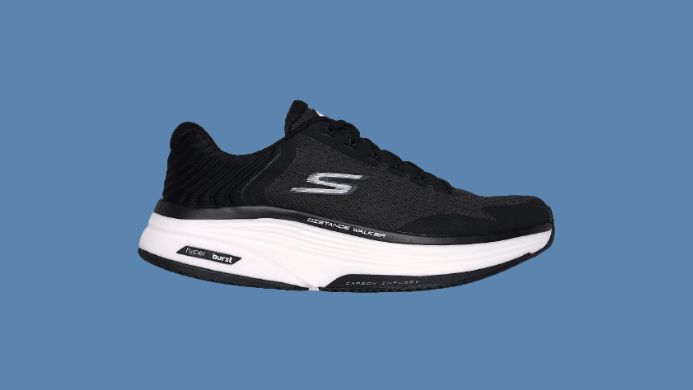
Some running shoes have flexibility in the midfoot while others have it in the forefoot. It depends on the running pattern of the runner which part of the foot he strikes first.
However, if you have flat feet then you need motion-control running shoes that have less flexibility.
But most walking shoes are less flexible which is going to be a big problem while running. Even walking shoes should have some flexibility in them.
But as I said, most walking shoes do not have that kind of flexibility. And if you wear walking shoes for running, you will not be able to run properly and long.
Related: Does Running Reduce Thigh Fat?
Reasons why it is hard to run in walking shoes

Weight difference
Weight difference will always be there between proper running and walking shoes. Running shoes are going to be light in comparison to walking shoes.
However, there are walking shoes that weigh the same as some running shoes. But that is not going to be a problem for walkers.
However, running shoes that weigh more than walking shoes are not technically running shoes and will be a problem for runners.
Cushioning
The simple rule is, you need more cushioning in running shoes because they are meant to absorb the shock and pressure.
Running shoes also have more bounce than walking shoes. Bounce gives the punch to the runner to move forward.
Running shoes compress and then bounce back with every step to absorb the pressure. Walking shoes have soles that compress less and are more rigid.
Related: How to Get Rid of Sore Calves From Running
Heel-to-toe drop
Heel-to-toe drop is also the main difference between running shoes and walking shoes. Heel to drop distance of toe point from the floor or the heel. The distance is higher in running shoes than in walking shoes but the drop is less in running shoes.
Flexibility
Lastly, running shoes have more flexibility so that they can adjust to the foot movement of runners.
Related: Puma vs Adidas: Which One is the Best Shoe Brand
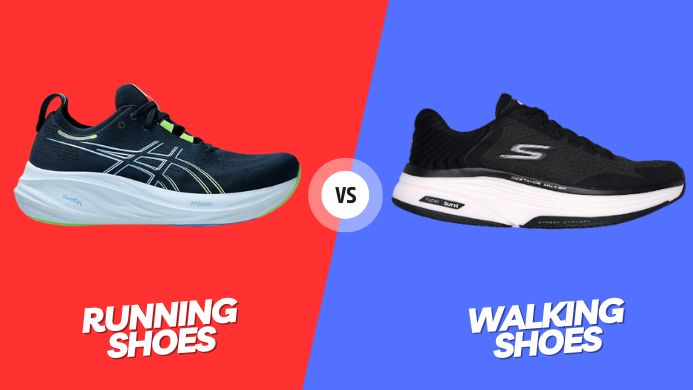
What will happen if you run in walking shoes?
So, as I already said there are people who run barefoot, so there are chances that you might not face any problem while running in walking shoes. However, these types of cases are very rare.
If you plan to run in walking shoes you can easily get any foot injury.
Because of the less flexibility and less shock absorption one might get their ankle twisted.
Even if you don’t get any foot injury in the starting. In the long term, you might get a knee problem.
The main reason behind that is walking shoes are not meant to hold that much pressure, which is 4 times during running.
Best walking shoes can only hold up to 2 times the body weight. You need double of that which is impossible to get in walking shoes. This will put a lot of pressure on your feet and knee, which can lead to knee pain or heel pain in the long run.

